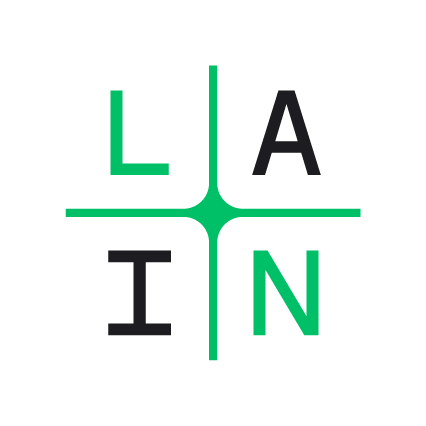The Business Case for an Inclusive Workforce
In this blog, Equality, Diversity, Inclusion and Culture Adviser, Verity Ayling-Smith explains how the Greater London Authority is creating a more inclusive workplace for disabled colleagues and the business case for doing so…
What’s the business case for creating an inclusive workforce?
Creating an inclusive workplace is the greatest investment an organisation can make – by creating an environment where people can be themselves, we can enable people to perform at their best, encourage loyalty to the organisation, and attract the best talent!
It’s important to recognise that diversity and inclusion are two very different things. Creating an inclusive workplace doesn’t just mean that you have a diverse range of people bringing together different perspectives, skills and experience, but also that your people feel valued, supported and encouraged to thrive at work.
What particular challenges do Deaf and disabled people face when joining / progressing within an organisation?
The UK currently has a disability employment gap of 30%. This means that there are a number of barriers preventing Deaf and disabled people from joining the workforce.
Inaccessible recruitment methods can be a huge barrier when applying for roles, and organisations should examine their recruitment process end-to-end to ensure that we proactively and reactively remove barriers at each stage. It’s also important to consider the candidate experience – how easy does your organisation make it to request adjustments? How confident are your candidates that any adjustments will be made during the process?
Concerns about identifying as disabled - as employers, we have a legal duty to make adjustments if we know, or could reasonably be expected to know, that someone faces a barrier. But if we haven’t created a culture in which staff or prospective employees are comfortable talking about their experience or the barriers they face, the harder these conversations can be. We should concentrate on creating a culture where disability is understood, conversations are open and honest, and we encourage colleagues to share any information, including their disability, how they identify, or anything else which enables us to work better together.
What has your team been doing to make the GLA more inclusive for new and existing Deaf and disabled colleagues?
We are undertaking a number of projects to improve knowledge, skills and confidence of our staff around disability inclusion, and create a more accessible and inclusive workplace. This includes:
Rolling out Disability Equality eLearning to all staff, plus mandatory Disability Equality and Inclusive Workplace Training for all GLA managers.
Streamlining our workplace adjustment process, working with external providers, such as adjustment specialists and Occupational Health, to understand how we make better referrals and support staff who may, or may not, know what adjustments will work for them.
Joining the Business Disability Forum and using their Advice Service which provides confidential and impartial advice to managers and our People Function to help navigate sensitive conversations and ensure we are taking a best practice approach.
Committing to Level 2 of the Disability Confident Scheme with ambitions to reach Level 3: Leader status by March 2025.
What have you learnt along the way?
I am a firm believer in the concept of “nothing about us without us” and the importance of engaging staff and eliciting feedback. Disability can be a sensitive subject for staff and therefore the experience of Deaf, disabled and neurodiverse staff may often not be raised by the loudest voices. Managers may also not be forthcoming in asking for help, for fear of saying or doing the wrong thing.
Embedding the GLA’s EDI Strategy, and our disability equality priority, has highlighted the need to normalise conversations around disability and take ‘the fear of saying the wrong thing’ off the table.
From your perspective, what’s the value in an organisation publishing its disability pay gap?
It enables you to objectively look at the shape of your workforce and consider the impact of your recruitment, retention and culture on your people. The phrase ‘what gets measured gets done’ is a cliche for a reason - it is said time and time again because it is true.
It may encourage more employees to share their disability information with you as they see how their data is being used, and that sharing their information can impact the data - for better or worse.
It sends a strong message to prospective employees that you care about disability inclusion and you are publicly making a commitment to reducing that gap.

